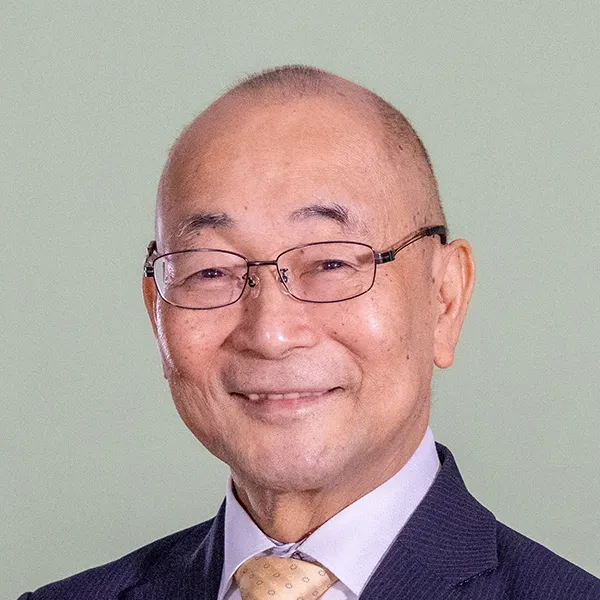Principal's words
Our goal is to train people, through Japanese language education, to understand Japan, bridge the gap between Japan and their home country, and play a role in global development as well as to train people who will contribute to domestic deaf and children education.

Takahide Ezoe, Principal of SNG
Doing our absolute best to strengthen Japanese education.
The Shinjuku Japanese Language Institute was established in 1975 by Takao Ezoe and his wife Setsuko, along with their eldest son, Takahide. At the time of its opening, Japanese language education was not commonly discussed. It was an era when passports were not freely available in countries like China and Korea, so most students came primarily from Europe and America. Back then, teaching Japanese in English using materials such as "Beginning Japanese I & II" continued.
The situation was entirely different from today; Japanese language materials were not generally available for sale. As the number of Asian students increased, there was a need to develop our own teaching materials and build our unique grammar perspective, leading us to the present day. From our unique research, we discovered a unique understanding of the Japanese language, such as it being composed of 'information' and 'predicates', and the particles in between these are dual-layered.
This grammatical understanding is known as the 'Ezoe Grammar', and it's not only used in teaching Japanese to foreigners but also experimentally introduced in Japanese schools for the deaf and some public junior high schools. Our teaching method is based on the visualization of grammar, which is highly compatible with computers, and we have developed software called VLJ in collaboration with NTT Com. Furthermore, the visualization of grammar has been pointed out as effective for learning written Japanese by people with hearing disabilities, and currently, we are also focusing on deaf education.
Our goal is to train people, through Japanese language education, to understand Japan, bridge the gap between Japan and their home country, and play a role in global development as well as to train people who will contribute to domestic deaf and children education.
Our ideal of “Doing our absolute best to strengthen Japanese language education” does not stop at only teaching the Japanese language. We research a variety of educational content itself, the results of which we use to improve our students’ ability to reach their goals. This research includes Japanese grammar, kanji education, and the analysis of Japanese language education. By the development of grammar and teaching material as well as continuously improving ourselves, we strongly believe we can make a contribution to Japanese education.
At SNG, we strive to help exchange students using the Ezoe method.

